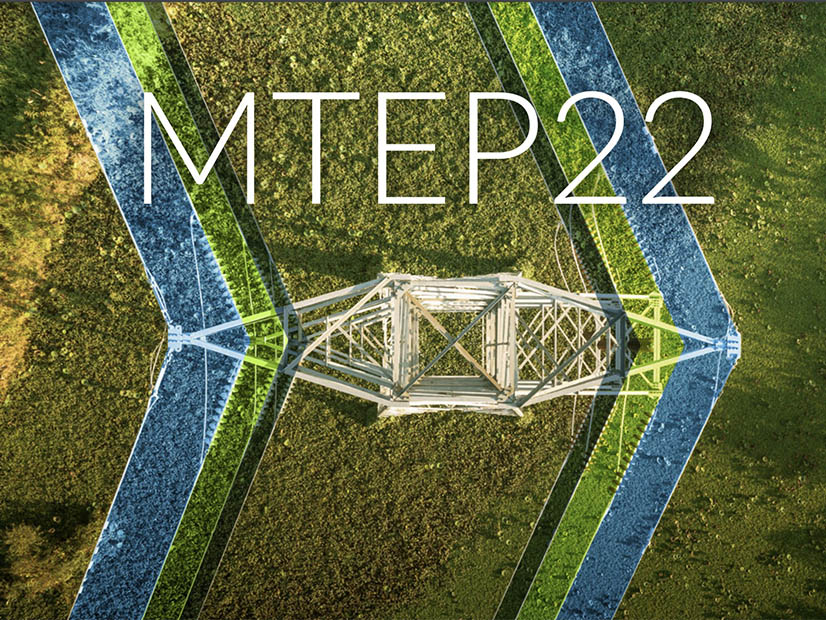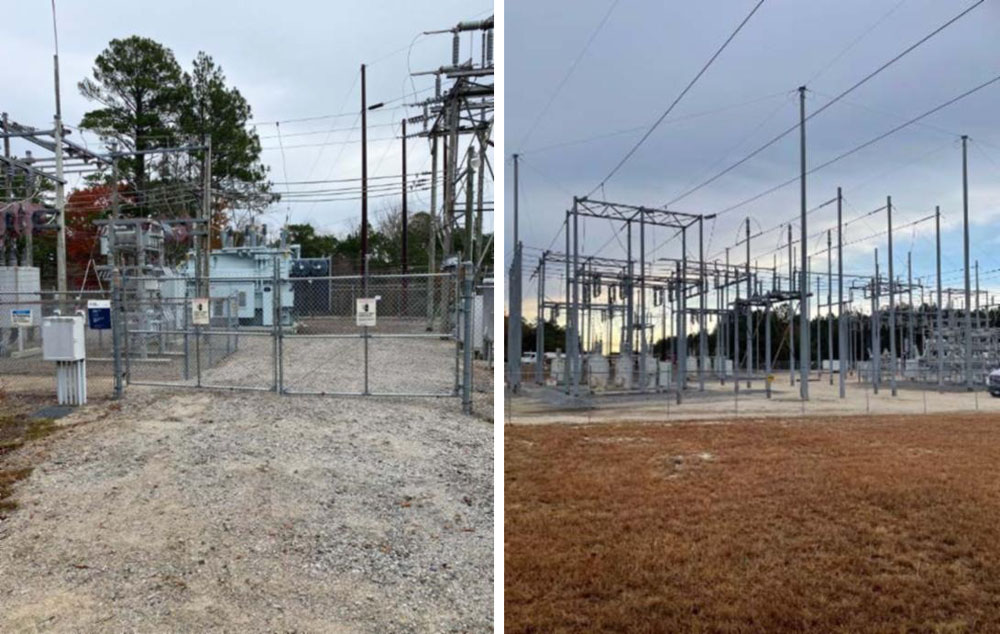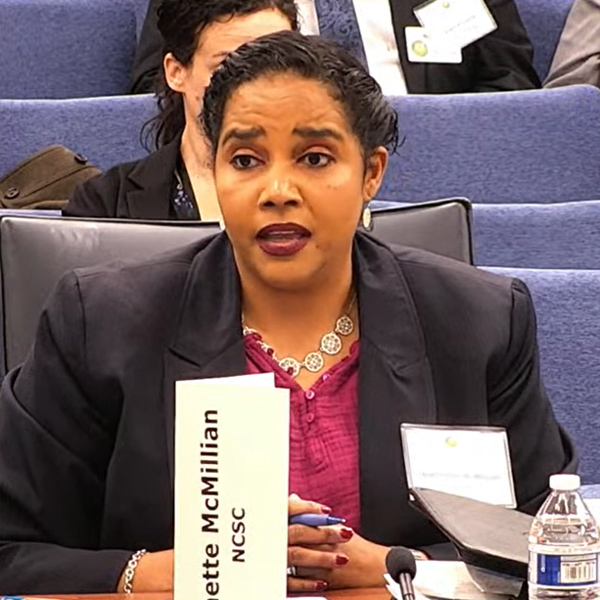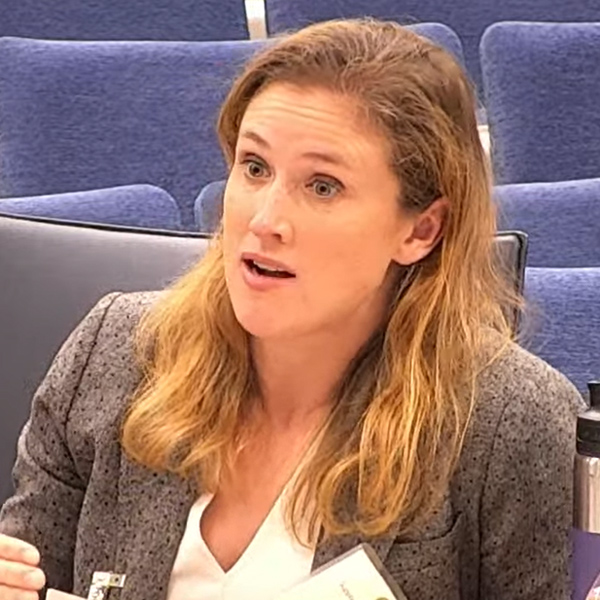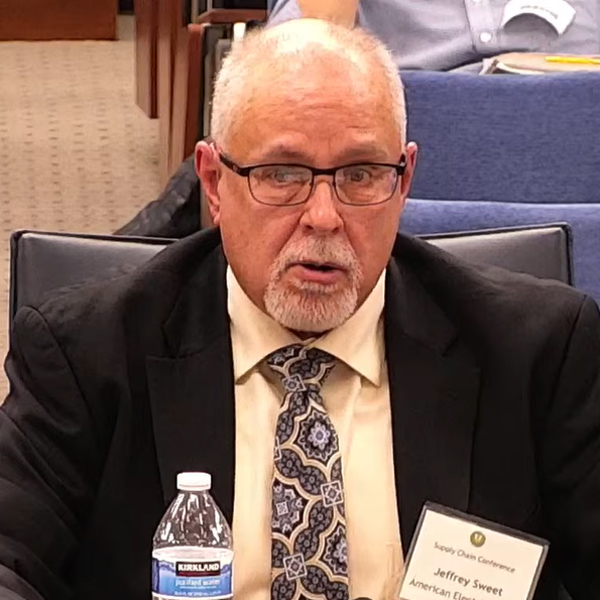WASHINGTON — The convergence of the electric grid and telecommunications system is inevitable, critical and underway, according to Commonwealth Edison (NASDAQ:EXC) CEO Gil Quiniones.
“There are a lot more intelligent devices that are installed on the grid, aside from integrating renewables, wind [and] solar,” Quinones told an audience of grid professionals at the gridCONNEXT conference, sponsored by the GridWise Alliance. “There are a lot of smart switches, voltage-optimization devices and other systems that are on the grid. Plus, our customers are having more intelligent building electrical systems. So how do you orchestrate [that]? That can only happen when there’s convergence between telecom and the power grid.
“We really need a new operating system and a new set of application software,” Quiniones said. “That’s starting to happen now, but we need to enable the technology.”
Convergence was a key theme at the two-day conference, with panels on Monday digging into the current state of the interfacing of grid and telecom, and utility information technology and operational technology systems.
“A smart grid needs smart communications,” said Chris Guttman-McCabe, chief regulatory and communications officer at Anterix (NASDAQ:ATEX), a broadband company focused on the utility sector. “What we’re seeing is an absolute necessity for broadband by utilities” to respond to a range of new challenges, from cyber and physical security, to the aggressive decarbonization and environmental justice goals a growing number of electric utilities are adopting.
Like Quiniones, he sees a core “need to rethink everything within your purview, including your communications platform.”
Systems convergence is part of the digitization of the grid that has accompanied its transformation from a one-directional system — “generation, transmission, distribution to load,” as Quiniones said — to a bidirectional system, in which the customer meter is an increasingly permeable interface.
ComEd has been “layering fiber on top” of its power system, Quiniones said. “We’re going to be able to control the devices that we have in place, and we’re doubling down on that, in combination with a wireless network. It’s probably the right business model for us and utilities going forward.
“It is important because there has to be system awareness and visibility; situational awareness and visibility,” he said. “There needs to be very fast communication and switching. All those devices need to talk to each other in milliseconds.”
“It’s also a way for us to isolate faults. If there are outages, we can quickly isolate them and keep many of our customers up and running,” he said.
Anterix has developed an ecosystem of software and applications developers working to integrate and leverage communications systems on the grid. One of its partners, Schweitzer Engineering Laboratories, has developed a system that can “de-energize a broken line before it hits the ground,” Guttman-McCabe said. “That capability wasn’t usable until it was integrated with high-speed, low-latency, dedicated broadband.”
Communications systems have also been an essential part of ComEd’s Bronzeville microgrid project, a community-level microgrid that can island from ComEd’s distribution system in an emergency and trade or share power with another microgrid at the Illinois Institute of Technology.
Such projects “need very fast sampling and time-synchronized decision-making,” Quiniones said. “When we integrate more renewables, when we have more electric vehicle charging stations, when we have more heat pumps [and] hot water heaters that are all going to have devices embedded in them that can communicate with the grid, you need a very robust communications system.”
A Safe Place to Innovate
Similarly, Justin Driscoll, interim president and CEO of the New York Power Authority, sees IT/OT convergence as integral to hitting New York’s aggressive decarbonization goals, such as cutting the state’s greenhouse gas emissions 85% by 2050.
“The integration of information technology systems and big data analytics are systematically allowing the digital information world to see, understand and influence the physical, operational world,” Driscoll said in his opening remarks at Monday’s second convergence-themed panel. “When implemented properly, IT/OT convergence can merge business processes, insights and controls into a single, uniform environment by allowing different technologies to integrate and interoperate efficiently as a single, cohesive system. …
“NYPA will take full advantage of technology and advanced analytics from the generator to the end user,” he said. “And this journey enables NYPA and its customers to leverage the full potential of an advanced technology environment in every aspect of the utility industry value chain.”
One example is NYPA’s “enterprise-wide Cybersecurity Awareness Program that spans both IT and OT environments to ensure that cybersecurity is baked into the culture of everything we do,” Driscoll said.
Adrienne Lotto, senior vice president for grid security, technical and operations services at the American Public Power Association, said IT/OT convergence has been an “ongoing journey” for the past decade. Drivers include the changing generation portfolio, integration of distributed energy resources and the evolution of utility business models, she said.
“The business is changing, and as a result we need more and more data about our operating efficiency, creating the controls, understanding the data points and then responding in a coordinated response perspective,” Lotto said.
Looking at the challenges ahead, Lotto said, “All of these data points have data that is feeding into the utility, and how are we going to manage all of that? How are we going to standardize all of that? How do we run analytics to solve all that, and how do we understand all that while our [industry] is growing, changing and advancing?”
Coming from the IT side, Russell Boyer, energy field director for Dell Technologies, said the goal going forward is to create standard or common platforms “that can take that data and turn it into insights so that we can accelerate” progress toward industry targets.
The challenges he sees are the different skillsets of workers on both the IT and OT sides, who historically have not worked together on a regular basis and may be resistant to learning new skills and processes.
“You’ve got to figure out how to create a safe place to do innovation,” Boyer said. “So that everybody [is] on board, all the stakeholders get together and start doing some testing so that they can understand what this process is going to deliver so that they can get to the buy-in and get on board and ultimately be a part of that solution and the innovation that needs to occur.”
A Different Digital Divide
The digitization of the grid has also opened up a new digital divide, said GridWise CEO Wayland. “For me, it’s bigger than internet access,” she said. “It’s about access to the grid that allows the customer to interact with the grid and allows the customer to understand their energy use” and even use their own DERs to participate in wholesale markets under FERC Order 2222.
Bridging that divide was one reason GridWise pushed hard to have funding for broadband expansion included in the Infrastructure Investment and Jobs Act. “The idea that communications are central to the grid and should be part of that infrastructure was not well understood” in Congress, she said.
Of the $65 billion for broadband in the bill, $1 billion is dedicated to “middle-mile” infrastructure, which helps to connect small or remote communities to larger broadband networks. Utilities, and in particular electric cooperatives, are eligible to apply for the middle-mile funds.
In Illinois, the passage of the Climate and Equitable Jobs Act last year means ComEd is planning its system by “what’s best for disadvantaged and underserved communities,” Quiniones said.
The utility has been deploying its own fiber networks to help ensure service to remote and underserved communities, and leasing out excess capacity to internet service providers, which can then provide “last-mile” connectivity, he said.
“We’ve actually applied [for] IIJA funding to kind of accelerate our deployment,” Quiniones said. “It’s beyond broadband. We want to make sure that our customers have access to all the other clean energy technologies that are going to be deployed, whether they are DERs or electric vehicle charging stations or just resiliency and reliability.”
Anterix sees broadband as a versatile “Swiss Army knife” for the grid, Guttman-McCabe said. It is “an underpinning for everything that any utility is facing: the need to aggregate and act upon data, the need to be more equitable with [the] distribution of energy opportunities and offerings … the need to bake in cybersecurity instead of bolting it onto your existing, antiquated communications systems,” he said.
“As a utility begins to contemplate digitization of their grid and all the sensors that are there, all of a sudden you can start to recognize cloud-based computing, machine learning and artificial intelligence, virtual augmented reality,” Guttman-McCabe said. “And with that comes an incredible range of opportunities for the utility, for customers, for rapid evolution of distributed energy resources.”
